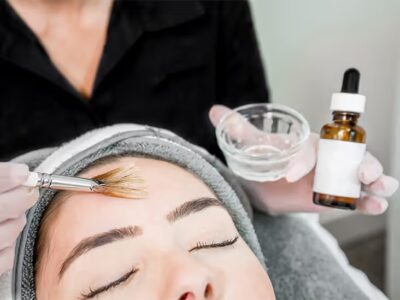
Hypospadias is a birth defect in which the opening of a boy’s urethra isn’t located on the tip of his penis. It’s a condition that’s usually treated in childhood with surgery.
But sometimes surgery fails. CDC used Facebook to survey men to learn more about hypospadias in adults who never received surgical repair or experienced complications from previous repairs.
Causes
Hypospadias is caused by disruption of the hormones that stimulate development of the urethra and foreskin during pregnancy. It is often inherited, and researchers have found that infants born to mothers over 35 are at higher risk for developing hypospadias.
The condition is not life-threatening, but it can be embarrassing and stressful. It may cause discomfort or irritate the skin around the opening for urine to flow through. Boys with untreated hypospadias often have to sit to urinate, and studies have shown that they can feel embarrassed or ashamed about their atypical appearance and genitals.
CDC continues to study ways to prevent birth defects like hypospadias and epispadias. Several complications can occur after hypospadias surgery, including the formation of fistulae or strictures and stenosis in the urethra and scarring within the foreskin that restricts urine passage. Some boys with hypospadias experience recurring urinary tract infections and need additional surgery to correct these problems. Others develop a hole or fistula in the foreskin that requires repeated repair surgeries.
Symptoms
Hypospadias is a birth defect that results when the urethral opening (meatus) isn’t at the tip of the penis. It can also be at the base of the penis or inside the scrotum (called proximal hypospadias).
Although a boy with hypospadias can live a normal life without surgery, the condition causes some issues for adults. These include urine spraying to the sides or downward, having a partly formed foreskin, and the need to sit to urinate. Some boys will also notice a bump on their penis or have a hard time standing to pee.
The outcomes of men who have untreated hypospadias in adulthood vary depending on the severity and how old they were when they weren’t treated. In general, the younger they were when they weren’t treated, the better their outcomes were. Men who had severe untreated hypospadias reported worse SHIM and IPSS scores, more ventral penile curvature resulting in difficulty with sexual intercourse, lower satisfaction with their meatus, and more sitting to urinate.
Treatment
In most cases, a doctor can diagnose hypospadias by performing a physical exam. Children born with mild forms of the condition can get surgery to correct it as soon as they are 3 months old. This is an outpatient procedure that requires anesthesia.
In a typical operation, the surgeon connects the urethra to the penis, forming a new passage through the skin for urine. Depending on the severity of the condition, this may involve creating a new opening at the tip of the penis (intact hypospadias) or making a hole in the penis shaft or scrotum, where the testicles are located (reduced or complete hypospadias).
Researchers have found that even mild hypospadias can cause problems in adulthood. One study found that men with untreated hypospadias have more frequent sitting to urinate and experience less satisfaction with their penile curvature and genital appearance. Other studies have found that women who used fertility treatments or hormones before and during pregnancy have a higher risk of having babies with hypospadias.
Prevention
CDC researchers study birth defects like hypospadias and are investigating ways to prevent them.
Usually, doctors find out whether a child has hypospadias when they do an exam shortly after the baby is born. If it’s not found then, the doctor can evaluate the child later and refer them to a pediatric urologist.
Children are often able to have the surgery that fixes their hypospadias while they’re anesthetized. The surgery is highly successful. Adults who have had the surgery are also able to get good cosmetic and sexual outcomes.
However, if you’ve had the procedure and are now an adult, you might need more surgery to correct a complication such as a urethral fistula or scarring. These can interfere with getting a good erection. The best time to have the surgery is when it’s first needed. That’s why the recommendation is to have it done between 6 and 18 months of age. The longer a patient waits to have the surgery, the less likely they are to get a good outcome.









